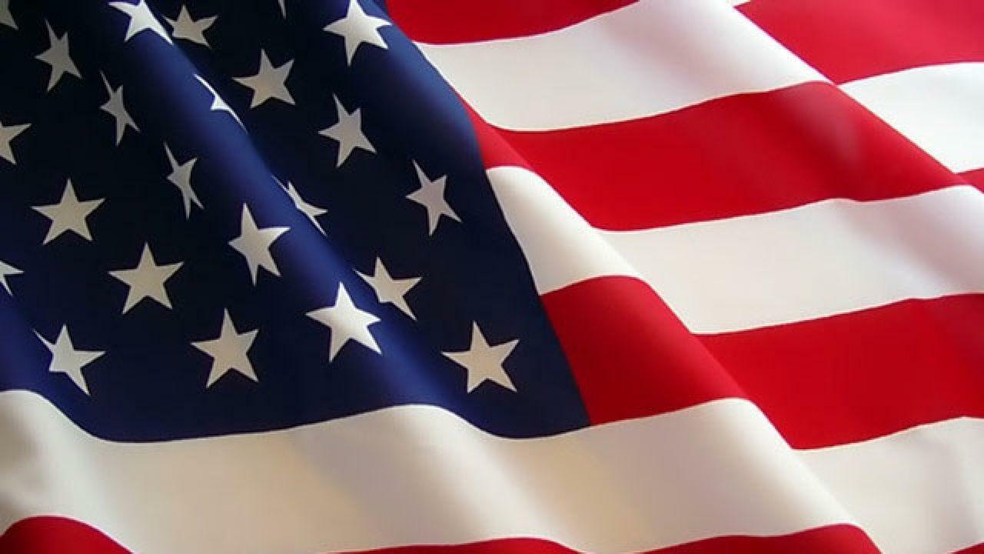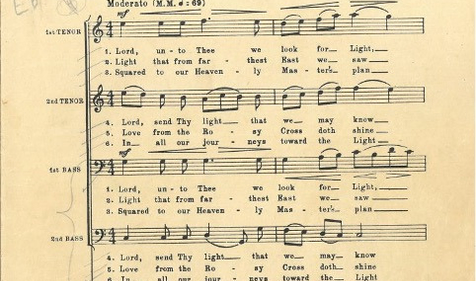The United States 15-Star Flag is a unique artifact in the Scottish Rite Masonic Museum & Library’s collection not just because of its age, but connection to American patriotism and history. In this blog, we explore its significance and potential connection to Freemasonry.
In 1995, the Scottish Rite Masonic Museum & Library received a special donation that, to this day, remains one of our most prized possessions: a large 15-star American flag. Donated by John E. Craver, the flag had been a family keepsake for generations.
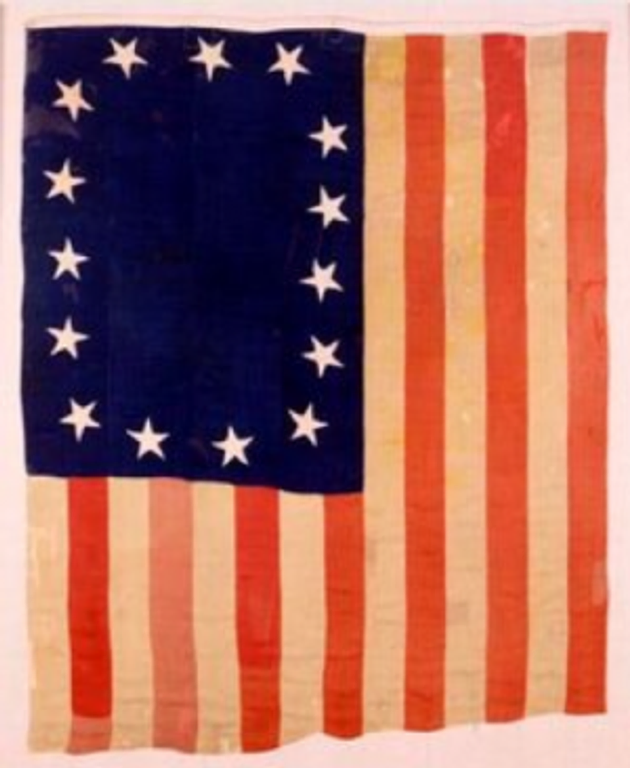
Flaunting a wool bunting fabric, indigo (a popular dye during this era), linen stars, and other unknown colorants, the flag is truly a historic gem.
While the Scottish Rite Masonic Museum & Library does not know who made this particular 15-star flag or where it originally flew, historically, 15-star flags were sewed by makers to fly over a military fort (or garrison) or on a vessel, marking them as U.S. property. The flag was restored by work conservators over 500 hours. You can learn more about the flag held by the Library here.
The history behind the 15-star flag in general is truly something to marvel at, as is the creation and the inspiration it brought to one rumored-to-be Masonic Brother, Francis Scott Key.
America’s Early History: The Creation of the 15-Star American Flag
The first official American flag was approved by congress in 1777. In 1794, President George Washington commissioned the 15-star flag under the Second Flag Act. The Second Flag Act mandated that the flag must have 15 stars and 15 stripes, one for each state in Union at that time. It did not specify details, such as the arrangement of the stars, which is why you may notice slight differences in flags from this time period.
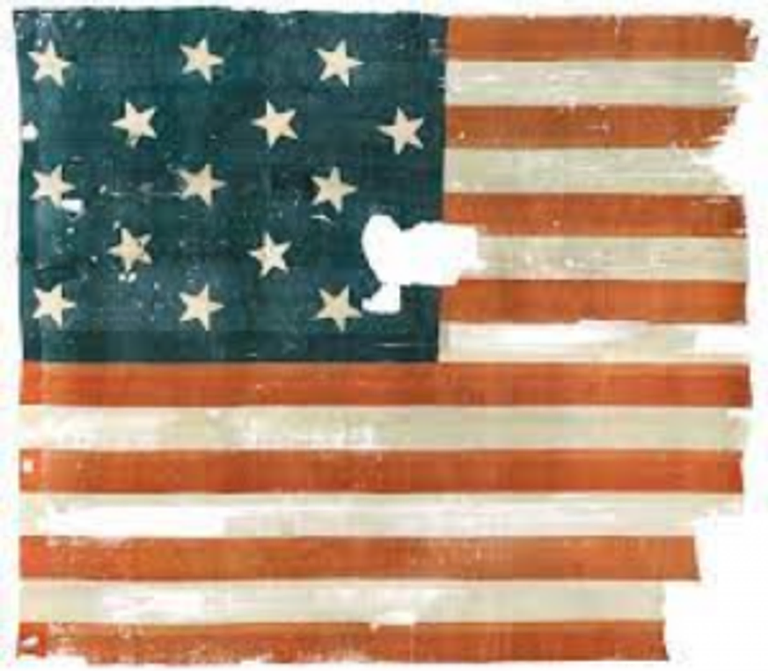
In 1818, legislators adopted the 20-star flag, adding stars for the states that had more recently become part of the Union. As such, the Scottish Rite Masonic Museum & Library’s 15-star flag is one of the few still in existence that was made between 1794 and 1818. Undoubtedly, the most famous example of the 15-star flag is the reference to it in the lyrics of The Star Spangled Banner.
The 15-Star Flag and Inspiration for The Star Spangled Banner
In September of 1814, following the American Revolution and shortly after the British had burned the U.S. Capitol, English troops planned to attack Baltimore at Fort McHenry. Shortly prior to their planned attack, a 30-year-old lawyer and amateur poet named Francis Scott Key boarded a ship of the British Navy under truce to try and negotiate the release of an American prisoner set to be hanged, an elderly physician named Dr. William Beanes.
Fearful of their plans being discovered by American troops, Mr. Key was kept under close watch and had to watch from afar as British bombarded Fort McHenry with rockets, mortar shells and cannon balls. As he witnessed the demolition, Mr. Key wrote a poem to describe what he was watching. On the morning of September 14, 1814, "through the dawn's early light," Key saw the 15-star flag still flying. On this day, Francis Scott Key penned the words to what would become our nation’s Anthem.
The poem was first published in the Baltimore Patriot with the title “The Defense of Fort McHenry.” The poem later became known as “The Star Spangled Banner.” In 1931, the poem was declared by the U.S. Congress as the official anthem of the United States. Interestingly, a Mason by the name of John Stafford Smith, a member of Royal Somerset House & Inverness Lodge No. 4, in London, wrote the music.
Devotion to Country: Francis Scott Key
Francis Scott Key was born on August 1, 1779 in Frederick County, Maryland. He was born into a wealthy and prestigious family of lawyers, elected officials, and Revolutionary War heroes.
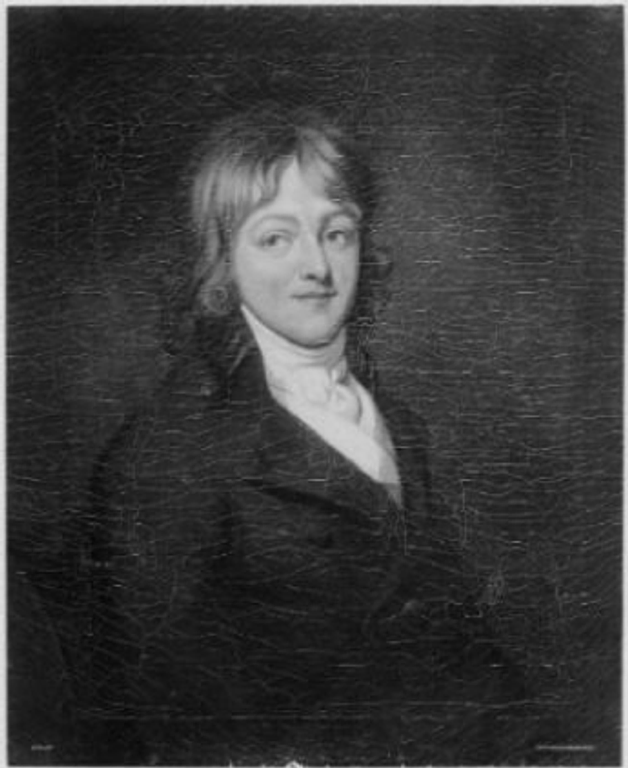
In 1789, Key moved to Annapolis to attend St. John’s College where he studied Latin, Greek, mathematics, grammar, and the sciences - explaining his fondness for poetry despite a career in law. In 1796, he began practicing law under his uncle Philip Barton Key. By 1807, Key had made a name for himself as a prominent lawyer in the areas of Frederick, Maryland and Washington, D.C. when he defended Justus Eric Bollman and Samuel Swartwout who had been charged with treason in connection to an alleged conspiracy designed by Aaron Burr. Key also served as an advisor to Andrew Jackson, prosecuting Richard Lawrence for his attempted assassination of Jackson, and served as the District Attorney for the District of Columbia from 1833 to 1841.
During the War of 1812, Key served as a quartermaster, helping relay tactical information and informing the military of artillery positions based on his knowledge of the area. However, none of his achievements were as notable as his successful release of prominent physician Dr. William Beanes.
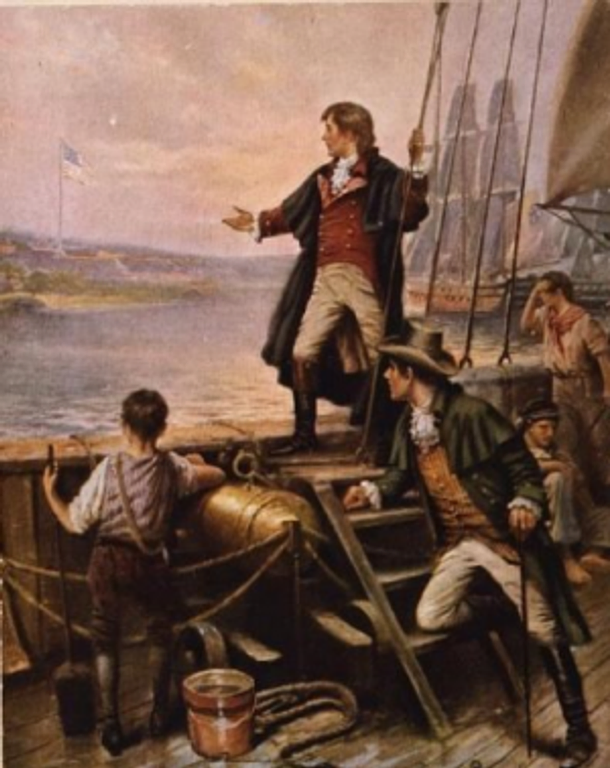
Outside of his legal and poetry career, is it rumored that Francis Scott Key was a Brother of Concordia Lodge No. 13 in Maryland. While no formal written documentation has been found to prove Key's membership, and the topic is one of debate amongst Masons and lodges nationwide, there is arguably reason to believe that Key was indeed a Freemason.
Many argue that Key was a Brother due to his prestigious profile in town and close affiliation with many well-known revolutionary figures and members of the fraternity. However, some Freemasons believe in Key’s connection after studying the rarely read fourth stanza of his poem that inspired the Star Spangled Banner, Defence of Fort M’Henry, which holds similar sentiments as to those given in the lecture of the 1° and was published in several Masonic papers :
O! thus be it ever when freemen shall stand
Between their lov'd home, and the war's desolation,
Blest with vict'ry and peace, may the heav'n-rescued land
Praise the power that hath made and preserv'd us a nation!
Then conquer we must, when our cause it is just,
And this be our motto — "In God is our trust!"
And the star-spangled banner in triumph shall wave
O'er the land of the free, and the home of the brave.
Key practiced law until just before his death of pleurisy on January 11, 1843. He is buried at Mount Olivet Cemetery in Frederick, Maryland.
We will likely never know for certain whether Francis Scott Key was indeed a Freemason. However, his brave actions and devotion to country is something we, as Masons, can all respect and aspire to.
Related Stories
Discover additional Scottish Rite blogs and news on this topic.
